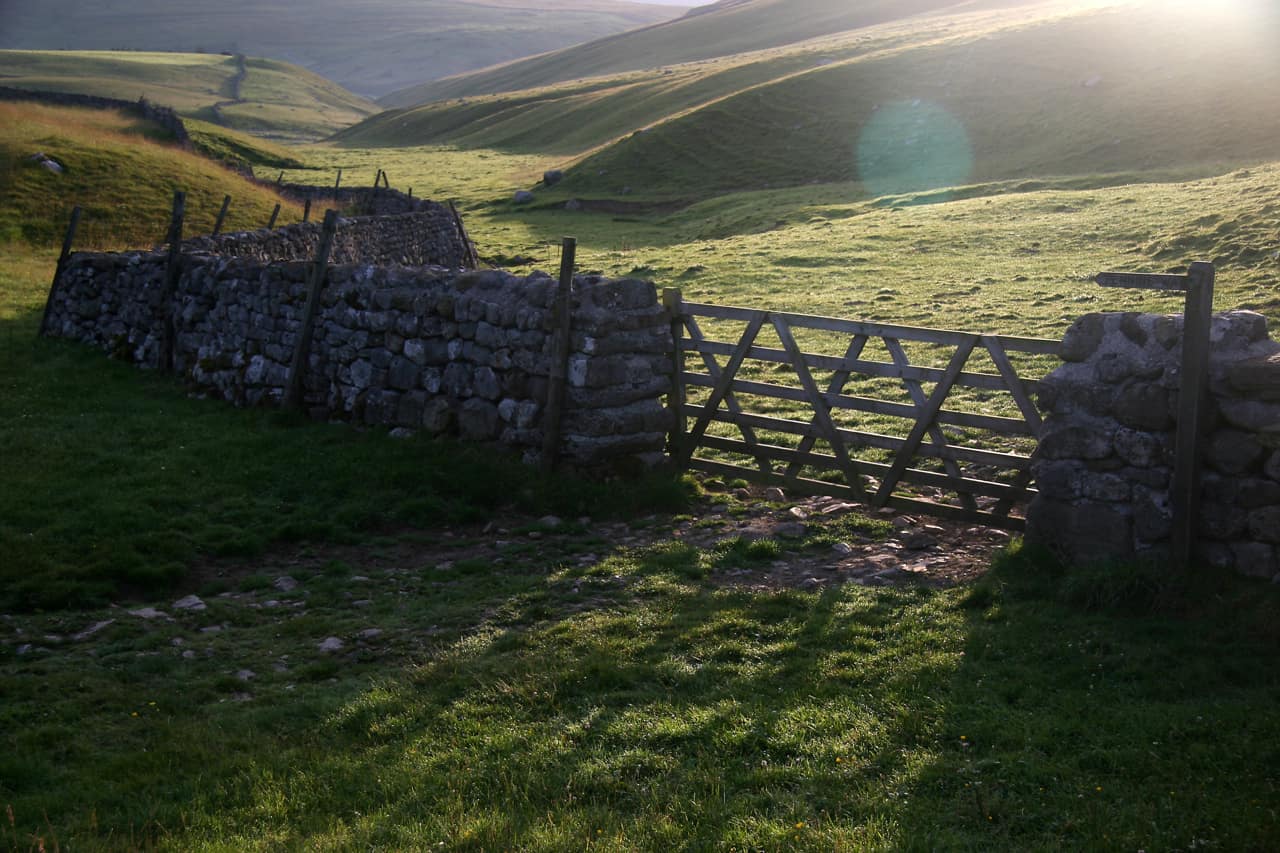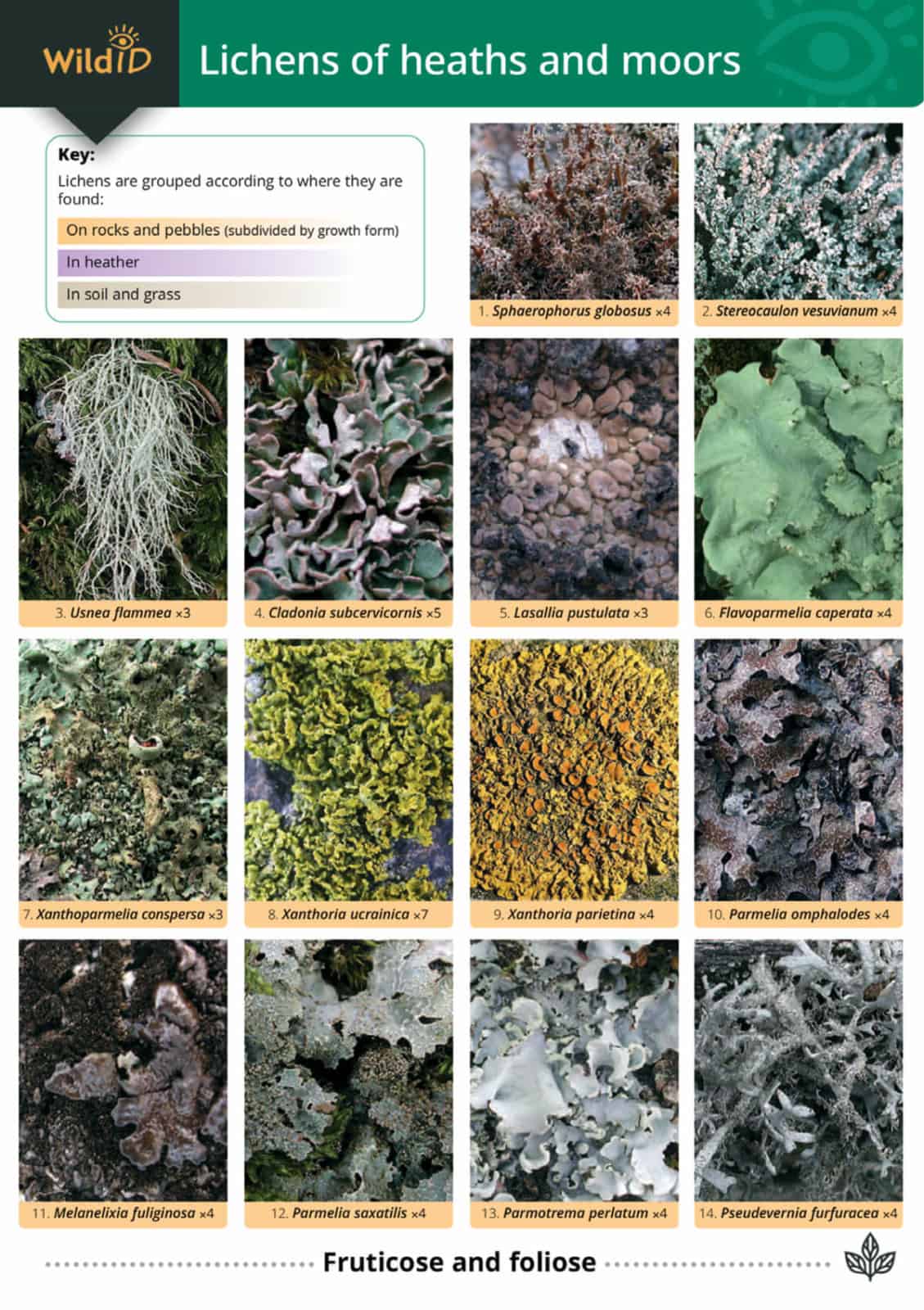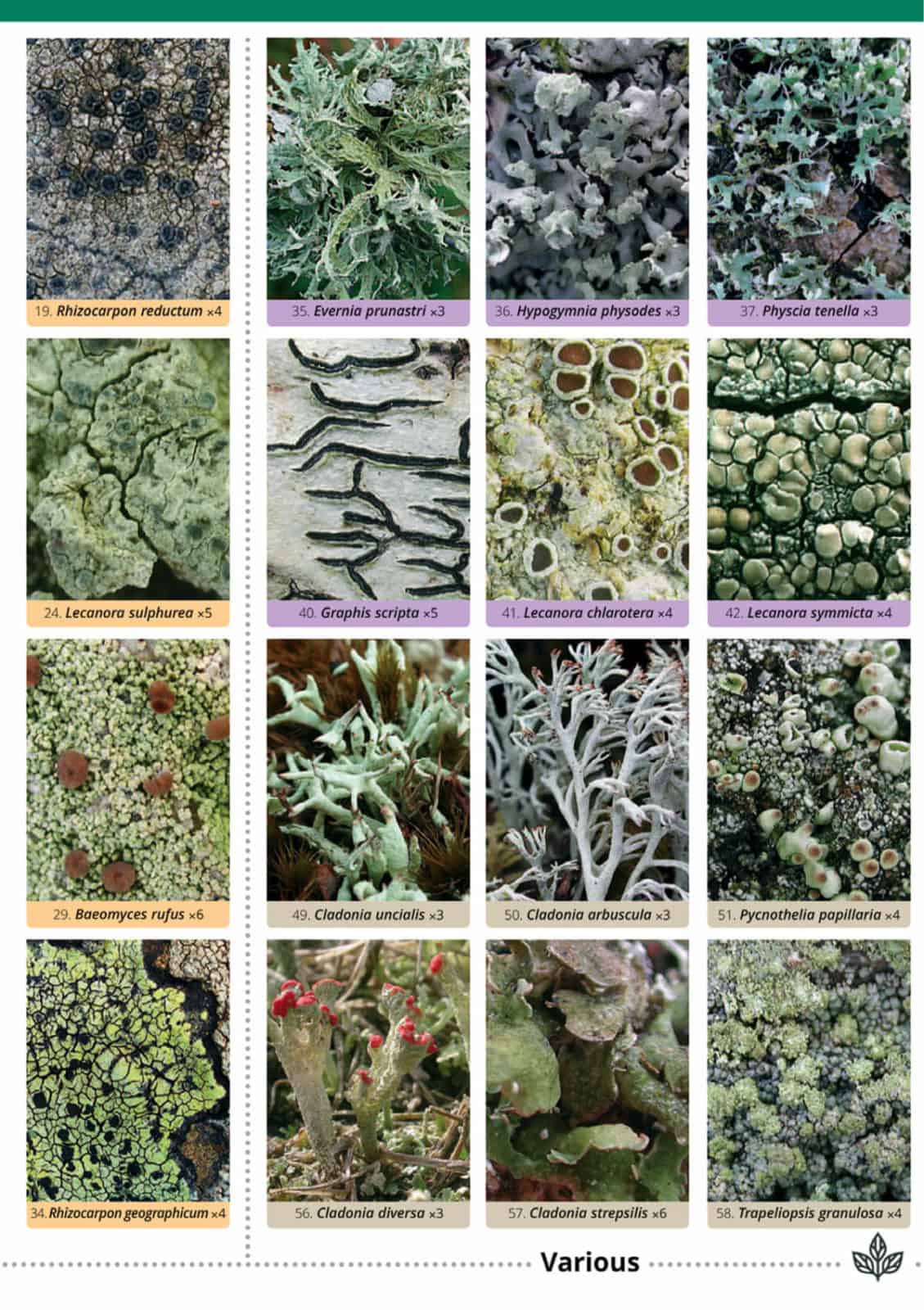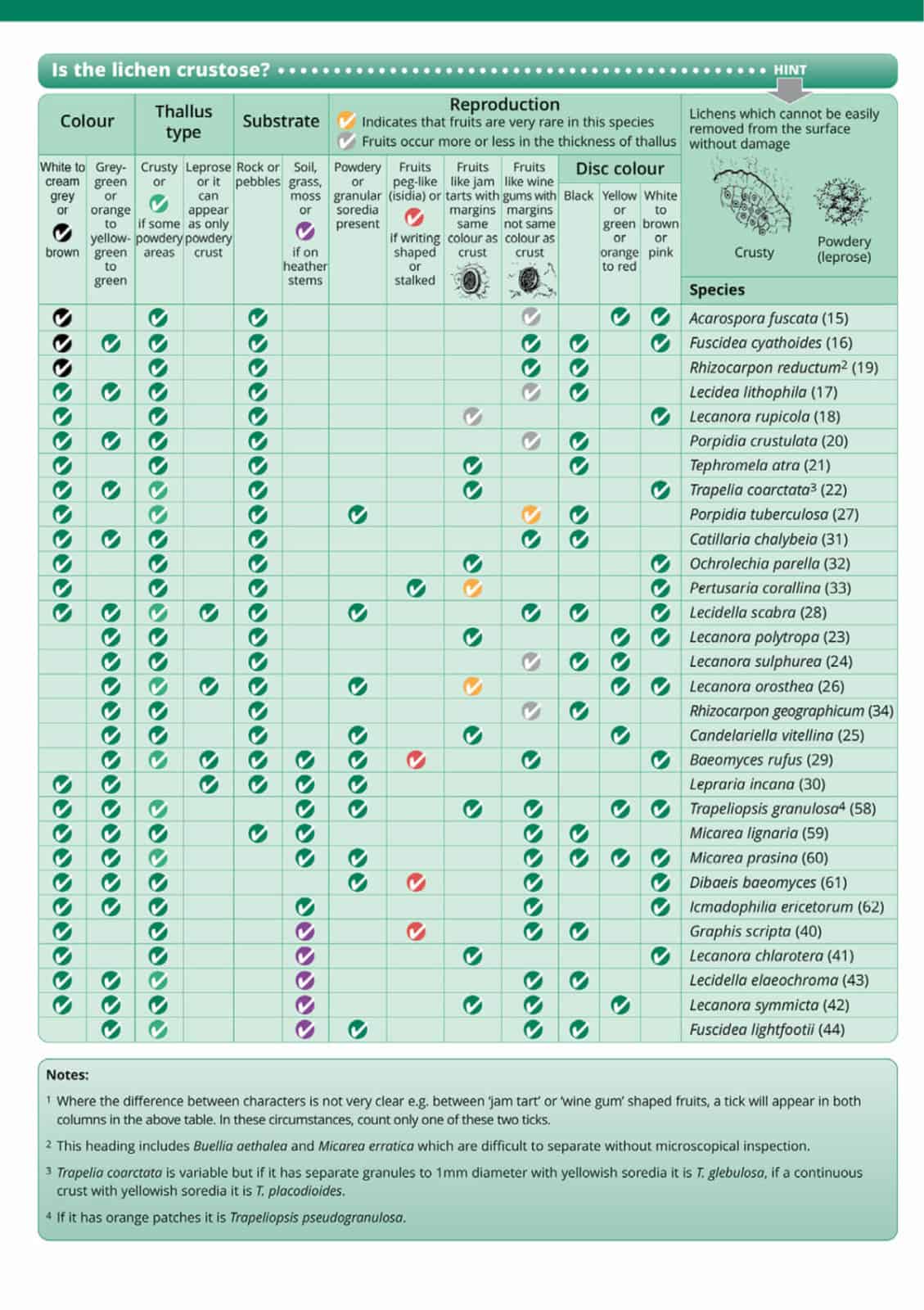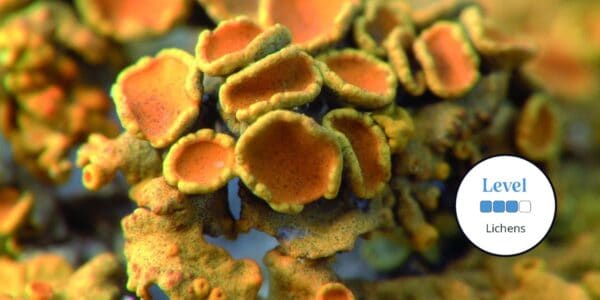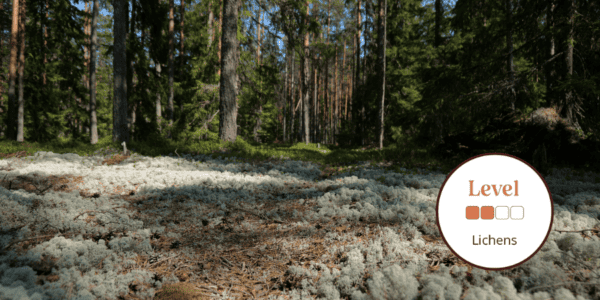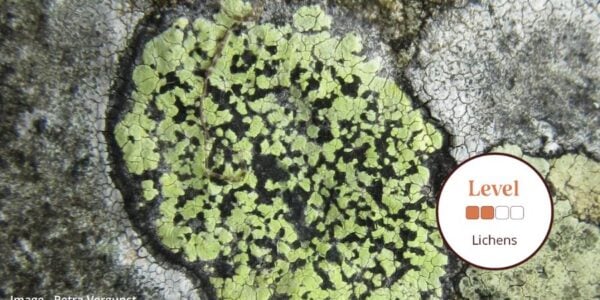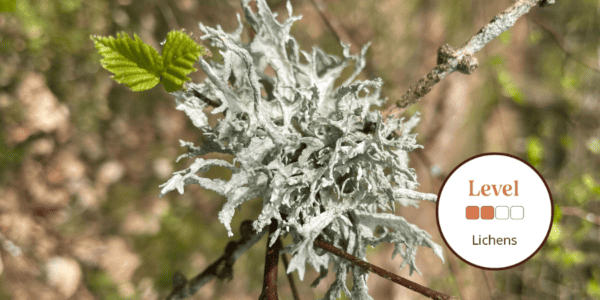Lichens of heaths and moors guide
The Lichens of heaths and moors guide will help you identify 62 of the commonest lichens from dry sandy heaths to wet peaty moorland.
On the front side, colour photographs of each species are grouped by growth form and substrate. Growth forms are crustose, foliose and fruticose, while substrates are the ground, among grasses and mosses, heather, and small rocks and pebbles. The accompanying identification table on the reverse side covers the key characters for each species. All you need is a hand lens.
Heaths and moors are similar and have mainly the same lichens. These lichens are present throughout the year, and may be searched for at any time. Once you start searching, you should quickly find a good number of different species. Lichens are most abundant in nutrient-poor situations, especially where they are not overgrown by grasses. Try looking for small areas of bare soil, then under heather stems at the edge of open areas. On rocks and pebbles, greater diversity occurs on more exposed surfaces where there is maximum sunlight.
Lichens are highly sensitive to subtle changes in environmental conditions. So they are useful as natural indicators of the health of our environment. In the past sulphur dioxide from coal burning and industry was the main pollutant. It was a major cause of acid rain. But today nitrogen compounds from intensive farming and motor vehicle exhausts are becoming the main pollutant. Although pollutants can kill many lichens, other lichens tolerate, or even depend on them. This guide indicates which lichens are acid-tolerant and nitrogen-tolerant, and also which lichens grow in unpolluted sites.

